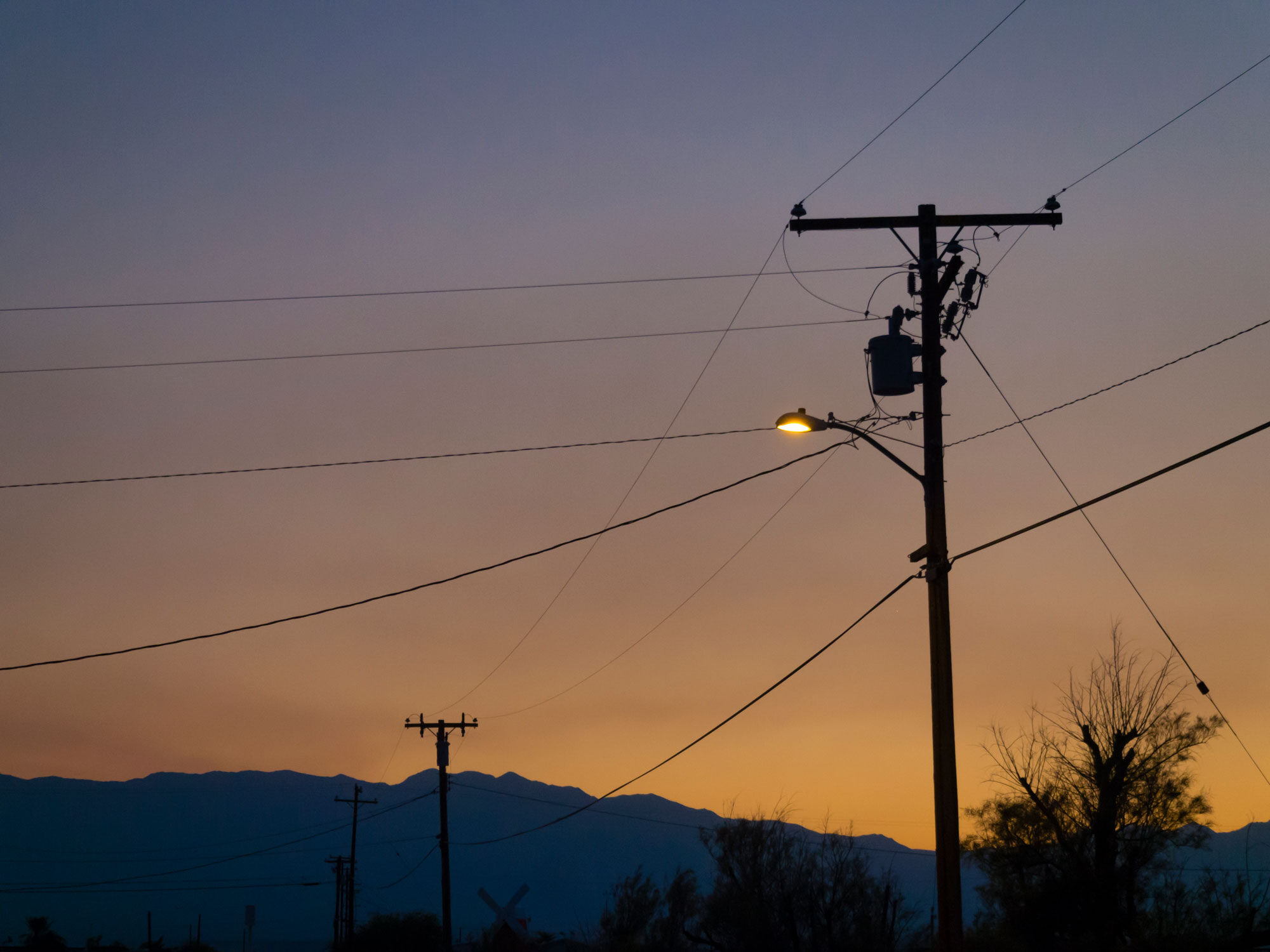
Kristian Stout: Costs For Pole Attachments Should be Shared by Utilities and New Broadband Entrants
From policymakers to industry and consumers, everyone wants fast broadband internet in their homes, particularly in the wake of the COVID-19 pandemic. Not many, however, wish to consider the complicated tradeoffs that broadband companies need to make to bring this desire into reality.
One of the more mundane considerations harkens back to the mid-20th Century: who should pay for access to and the maintenance of utility poles? The lack of a clear answer to that question is leading to delayed broadband rollout, or else increased prices for consumers, especially in rural areas.
The problem is simple: broadband providers need access to utility poles to run the wires necessary to provide service. The cost of access to those poles varies dramatically and can balloon the cost of a project to extend service. The Federal Communications Commission has an opportunity to improve how these costs are managed and, therefore, to enhance the overall prospects of broadband deployment.
Currently, there is a petition pending before the FCC that asks it to examine the “just and reasonable” apportionment of pole maintenance and replacement costs between the broadband providers and poles owned by investor-owned utilities.
Getting that balance right is vital given that current estimates suggest that as much as twenty-five percent of the cost of deployment in rural areas comes from broadband providers dealing with pole replacement and upgrade issues. That’s a massive expense.
The phenomenon isn’t surprising given the incentives involved. With the certain knowledge that broadband providers will need access to poles, pole owners allow some substantial portion of their pole inventory to remain in use after their useful life has ended.